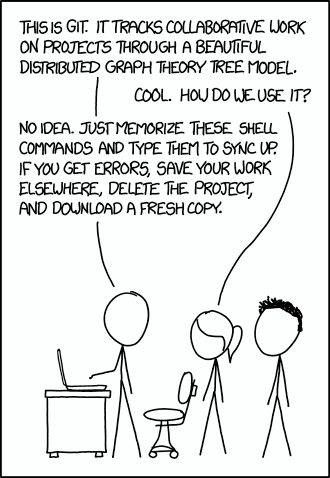System administrators looking to differentiate themselves from the pack are increasingly getting cloud computing certification or picking up skills with configuration management tools. From Puppet, to Chef to Ansible, powerful configuration management tools can arm sysadmins with new skills such as cloud provisioning, application monitoring and management, and countless types of automation.
Configuration management platforms and tools have converged directly with the world of open source. In fact, several of the best tools are fully free and open source. From server orchestration to securely delivering high-availability applications, open source tools such as Chef and Puppet can bring organizations enormous efficiency boosts.

The prevalence of cloud computing, and the open platforms that facilitate it, have contributed to the benefits organizations can reap from configuration management tools. Cloud platforms allow teams to deploy and maintain applications serving thousands of users, and the leading open source configuration management tools have integrated ways to automate all relevant processes.
When many people envision a sysadmin in action, they imagine an interaction with an end user. However, as organizations move to the cloud and heterogeneous technology infrastructure environments, many sysadmins need to expand their skills. Today, automation of tasks and application delivery are big themes. Among other benefits, automated provisioning and configuration can result in time savings and reduce human error.
Tools for the task
Puppet and Chef are both open configuration management tools that can automate many common tasks. As noted in an UpGuard blog post, “It is frequently stated that Puppet is a tool that was built with sysadmins in mind. The learning curve is less imposing due to Puppet being primarily model driven. Getting your head around json data structures in Puppet manifests is far less daunting to a sysadmin who has spent their life at the command line than ruby syntax is.”
Puppet can automate many sysadmin tasks, including deploying new machines, pushing changes out to existing systems, and performing verification checks. Chef, however, is noted for providing a great deal of power and flexibility. It automates the management of systems in the cloud, on-premises, or in a hybrid environment.
So, how can sysadmins gain familiarity with these tools? Puppet and Chef have commercial enterprises behind them, and flexible training options are available. For example, if you just want to take Puppet for a test drive within a virtual machine, you can do so here; instructor-led and online training options are detailed there as well. You can chart a learning roadmap for Puppet here.
Red Hat and other vendors also offer training options for Puppet as used in a standard operational environment or in a cloud environment. Red Hat also offers training for Ansible, and the curriculum is specifically geared toward sysadmins who need to automate, configure, and manage systems and processes. In-person or online training options for Chef can be found here, and you can sample some of the online tutorials here.
The Linux Foundation’s “Guide to the Open Cloud: Current Trends and Open Source Projects” includes a comprehensive section on configuration management tools, and you can find out more and visit some relevant open source project repositories here.
Sysadmins who add cloud and configuration management skills to their toolkits are keeping pace with rapidly changing technology environments. These aren’t the only ways to expand your skills, though. In the next article, we will look more closely at the importance of DevOps.
Learn more about essential sysadmin skills: Download the Future Proof Your SysAdmin Career ebook now.
Read more:
Future Proof Your SysAdmin Career: An Introduction to Essential Skills
Future Proof Your SysAdmin Career: New Networking Essentials
Future Proof Your SysAdmin Career: Locking Down Security
Future Proof Your SysAdmin Career: Looking to the Cloud
Future Proof Your SysAdmin Career: Configuration and Automation
Future Proof Your SysAdmin Career: Embracing DevOps
Future Proof Your SysAdmin Career: Getting Certified
Future Proof Your SysAdmin Career: Communication and Collaboration
Future Proof Your SysAdmin Career: Advancing with Open Source



